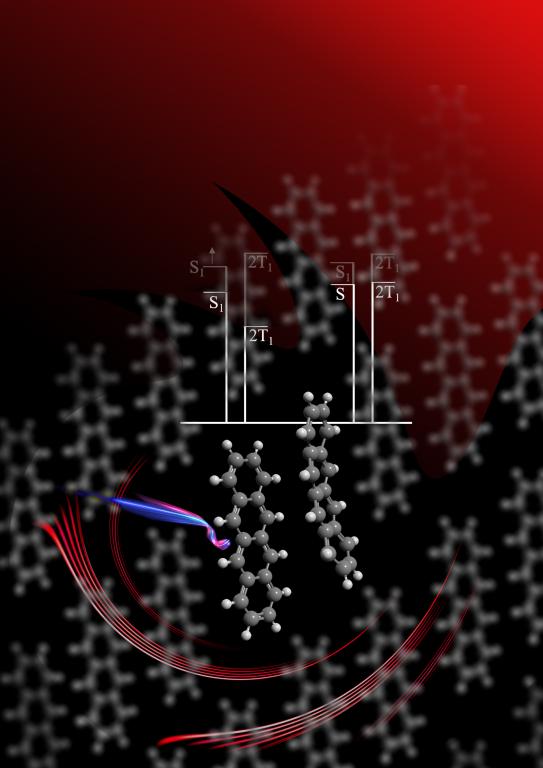Rotating sample holder enables new types of neutron experiments

Scientists from the University of California, Davis, and Oak Ridge National Laboratory developed a sample holder that tumbles powdered photochemical materials within a neutron beamline. The rotating holder exposes more of the material to light for increased photoactivation and better photochemistry data capture.
Conventional sample holders were unable to rotate, or tumble, powdered samples, which meant light could only reach and activate molecules on the sample’s surface, reducing the amount and quality of data that could be captured.
The new sample holder has already enabled the first neutron scattering observations of an optically excited photon splitting into two particles — a process that could lead to increased solar energy conversion efficiency in photovoltaic devices, such as solar cells or solar panels, and industrial processes.
“Our neutron scattering measurements were performed at cryogenic temperatures — typically below -150 degrees Celsius (-238 degrees Fahrenheit) — within a rotating mechanical chamber inside a modified sample stick,” said lead author Daniel Vong, formerly with UC-Davis. “This sample environment offers expanded neutron research capabilities for studying photovoltaics, photosynthesis, photoactive catalysts and other photochemical processes and materials.”
A photochemical reaction is a chemical reaction triggered when light energy is absorbed by a substance's molecules.
“The collaboration was a win-win, demonstrating how university and ORNL scientists can work together successfully,” said Adam Moule, corresponding author on the two papers and professor of chemical engineering at UC-Davis. “It was a great opportunity for one of our researchers to intern at ORNL, learning from an expert instrument scientist and having access to the resources needed to build such an innovative sample holder.”


